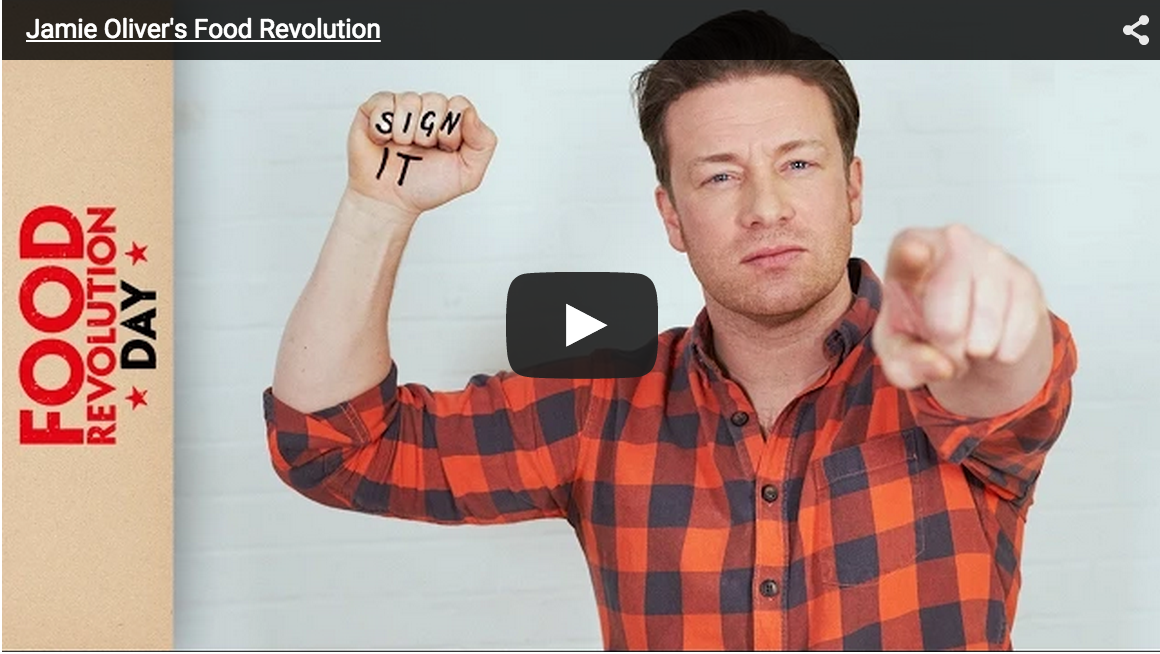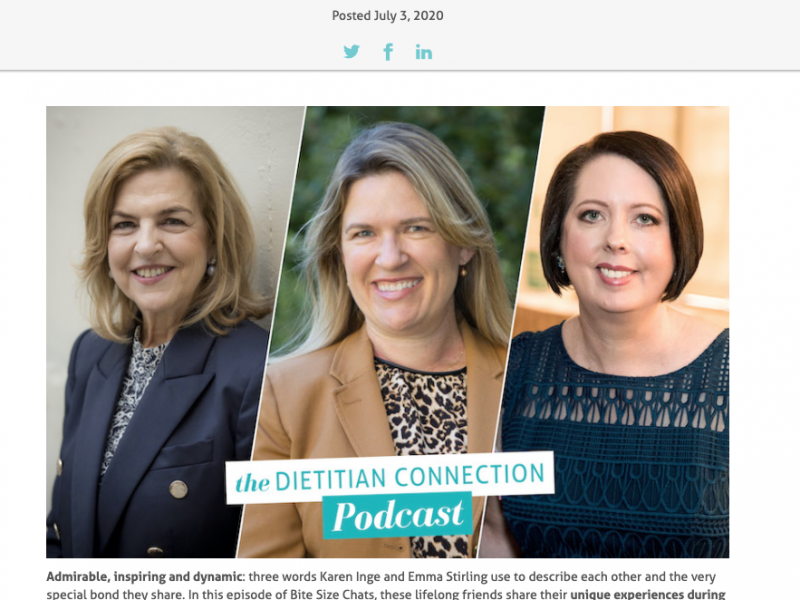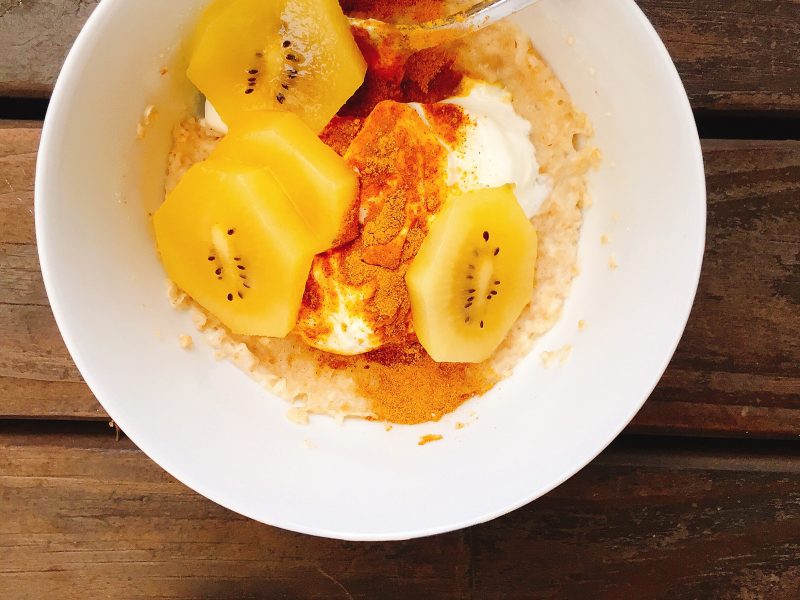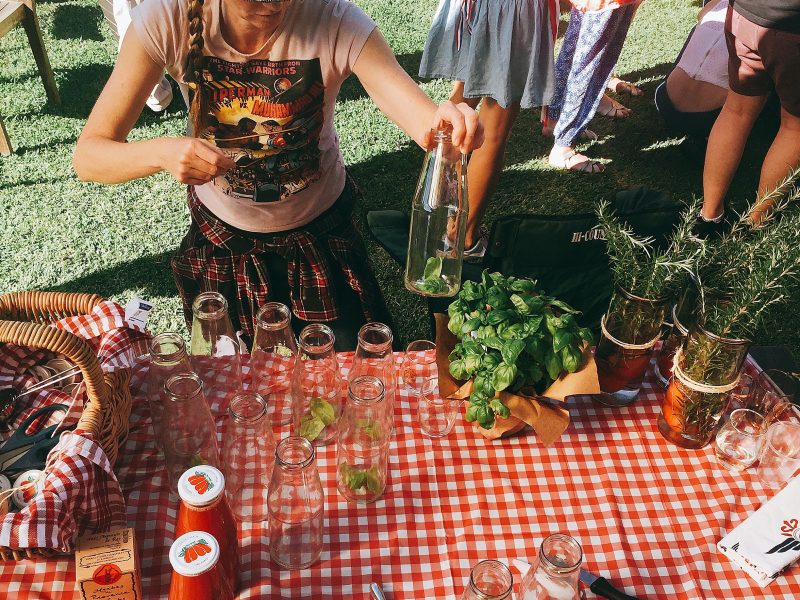It’s Jamie Oliver’s Food Revolution Day and yet again it clashes with my national Dietitian’s Association of Australia conference, this year in Perth. The 2015 Food Revolution Day theme is the very important one of food education and Jamie has a global change.org petition you can sign here.
So I thought it was an important opportunity to showcase some of the fabulous work that is already going on, right in our schools and backyards. And to also share top tips and tactics that work from a nutritionist in the know. Over to another Emma!
Emma Martin is a nutritionist, author, wife, and mother to Oliver and Sofia. Growing up in rural NSW, Emma completed her first degree in Agricultural Economics. After work and overseas travel, she chose to follow her passion in nutrition completing a Master of Human Nutrition at Deakin University. Emma is the founder of Edible Education and author of The Healthy Harvest, a children’s picture book that educates primary school aged children about where food comes from and the benefits of healthy eating.
Take your kids to a Farm or Farmers Market
Take children to the very first stage of the food production chain – a farm. It doesn’t get more real than this. Let them meet a farmer, pull a carrot from the ground, milk a cow, or watch a wheat crop being harvested. This is the best way of educating children on where food comes from. They can start to visualise the journey from paddock to plate that the food we eat has been on. If visiting a farm isn’t logistically possible, go to a local farmers market. Obviously you can’t see the food in its growth stage but you see the produce in its next best form. Fresh, and in the case of many vegetables, still covered in dirt! Children can learn about seasonality, and that vegetables and fruit have particular growing seasons dependent on the weather.
Or, yes, even a supermarket
If a farmers market isn’t achievable, your local supermarket is still an education experience. Okay, so I have two children, and I know grocery shopping with them both isn’t always a fantastic experience. However try to turn what is normally a mundane task into an opportunity to create an educational experience and teach them where food comes from! Let your children help pick and weigh fruit and vegetables. Try to spend more time in the fresh food areas – fruit and vegetable, dairy, meat and fresh fish areas. This is where food still looks close to the natural source. Explain and create a linkage between the foods that you are buying in a packet to its original form and origin. For example, if you buy pre made pasta sauce, discuss with your child that it contains tomatoes that are originally grown on a vine.
Grow your Own
Grow your own vegetable patch, fruit trees or fresh herbs. This is edible education at it’s rawest. Plant a seed, give it some water and watch it grow. There is no better way for a child to be involved in and aware of the growing cycle of the food they eat. Children will more than likely enjoy it more if they know they have helped it grow. You and your child decide what you want to grow and when you will harvest it. This is a great project for children to do at home and can be done with minimal space. Many schools in Australia also have kitchen-garden programs such as the Stephanie Alexander Kitchen Garden Program. They are a fantastic way for children to learn where food comes from, the value for their body and the different tastes, textures and colours associated with freshly grown food. It creates a cause and effect result for children seeing the result of their gardening efforts, and takes the conventional learning of food and nutrition in the classroom a step further.
A recent assessment of these programs by the University of Wollongong found that those students who participated in such garden programs in Australia showed a significant improvement in food choice and kitchen lifestyle behaviour. Almost 72% of parents of the participating students reporting that their child was more interested in cooking at home since participating in the program.
But wait there’s more…
 Read the rest of this post and more of my tips for getting kids started on the right food education over on my blog here. You can also pick up a copy of my The Healthy Harvest book. Read it with your children and educate each other about where food comes from and the nutritional benefits to a growing body! Explain to them the nutritional value of eating healthy food – how it will give them energy, make them strong and help them concentrate in class. Don’t make the discussion about the calorie content of food or body image. Also discuss “sometimes foods” and explain these foods aren’t bad, it’s just not necessary to eat them everyday as they provide very little nutritional benefit to their body. Lets not make food taboo, talk about it and enjoy it!
Read the rest of this post and more of my tips for getting kids started on the right food education over on my blog here. You can also pick up a copy of my The Healthy Harvest book. Read it with your children and educate each other about where food comes from and the nutritional benefits to a growing body! Explain to them the nutritional value of eating healthy food – how it will give them energy, make them strong and help them concentrate in class. Don’t make the discussion about the calorie content of food or body image. Also discuss “sometimes foods” and explain these foods aren’t bad, it’s just not necessary to eat them everyday as they provide very little nutritional benefit to their body. Lets not make food taboo, talk about it and enjoy it!
Cook with Jamie
Jamie will be hosting his exclusive Food Revolution Day live cooking lesson for schools online, where he’ll be making his super simple Squash it sandwich. There’s still time to sign up here for the education resource pack or just follow his ideas below in your home and have a happy #foodrevolutionday





